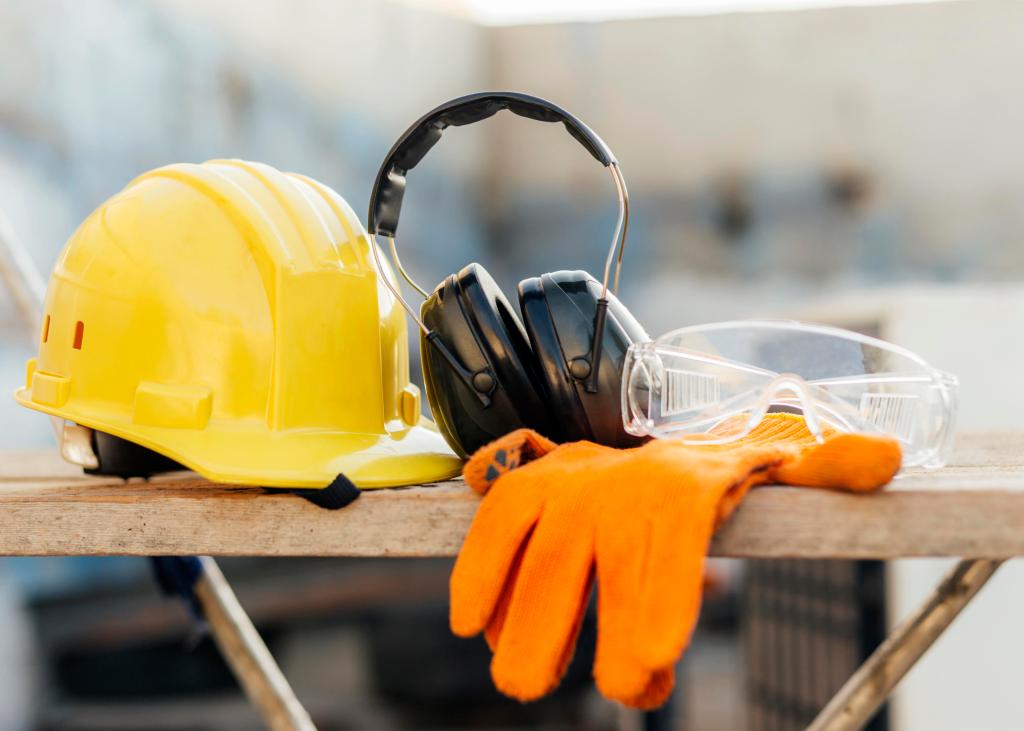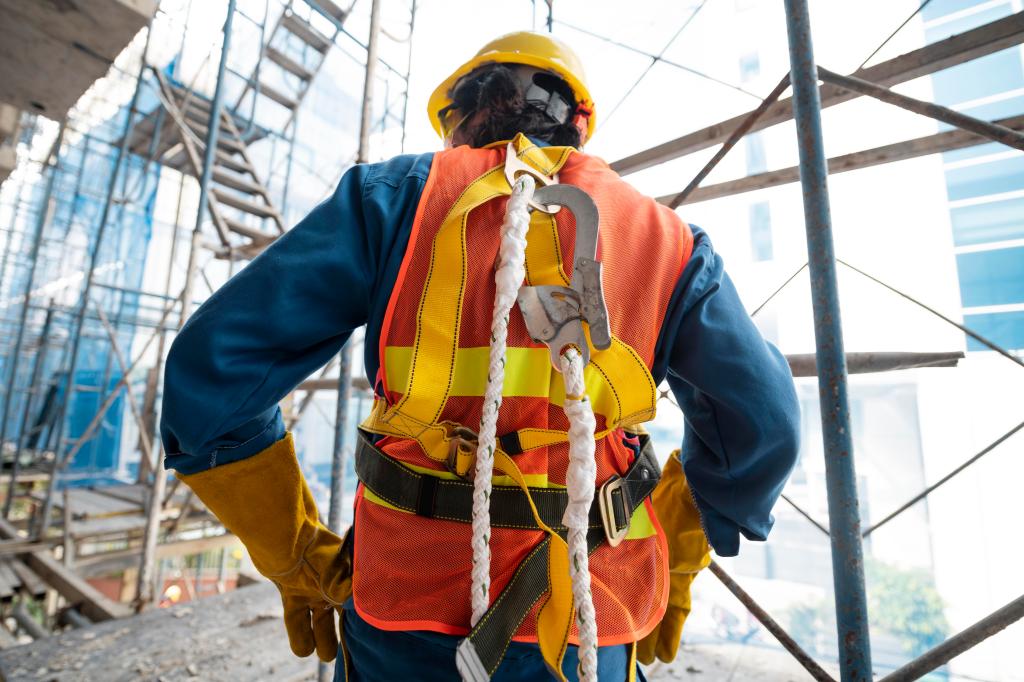Worker safety matters most in the major manufacturing sectors of Maitland and Newcastle. Personal Protective Equipment (PPE) uniforms provide an important barrier against industrial risks, encompassing a variety of protective gear designed to protect workers from potential injury. From chemical spills to electrical hazards and harsh environments, PPE uniforms play a pivotal role in mitigating risks effectively, ensuring the well-being of workers across various industries. This article explores the significance of PPE uniforms in enhancing body protection, adhering to safety standards, and fostering a culture of safety in Maitland and Newcastle.
The Significance of Safety Work Clothes
PPE uniforms, often known as safety work clothes, serve as protection against potential hazards in the workplace. These clothes reduce dangers by preventing chemical spills, shielding from electrical hazards, or improving visibility in low-light conditions. When working in industries where employees are exposed to dangerous substances or severe surroundings, wearing the proper PPE uniform can be the difference between safety and danger.
Understanding PPE Uniforms Against Workplace Hazards
Personal Protective Equipment (PPE) uniforms are specifically designed to protect workers using safety workwear from various occupational hazards. These safety workwear handle the following types of risks:
Physical Hazards
- Cuts and Abrasions: PPE uniforms usually have stronger fabrics and layers to protect against sharp objects and rough surfaces, lowering the risk of skin damage.
- Impact: Certain garments may incorporate padding or built-in reinforcement in crucial areas to absorb impact energy and reduce the risk of injury from falls or collisions.
- Falling Objects: Head protection gear, such as hard hats, are components of PPE outfits, offering important protection from falling objects and overhead hazards.
- Extreme Temperatures: Specialised PPE uniforms may include thermal insulation or reflective materials to protect wearers from excessive heat or cold, ensuring comfort and safety in challenging environments.
Chemical Hazards
- Splashes and Spills: Chemical-resistant PPE uniforms use impermeable fabrics and sealed seams to keep liquids from permeating the fabric, lowering the danger of skin contact and chemical exposure.
- Harmful Chemicals: These coverall uniforms are designed to cope with the harm effects of numerous chemicals, providing dependable protection from splashes, spills, and fumes often found in industrial situations.
- Exposure Control: Workers wearing chemical-resistant PPE uniforms can prevent the risks of handling hazardous substances, protecting their health and well-being.
Biological Hazards
- Bacteria and Viruses: PPE uniforms signified for biological hazards are made of materials that prevent the spread of germs, viruses, and other pathogens, lowering the risk of exposure and diseases.
- Pathogen Protection: These uniforms may have antimicrobial protection or barrier layers to prevent the penetration and spread of hazardous bacteria, guaranteeing a safe working environment in healthcare facilities, laboratories, and other high-risk locations.
In essence, PPE uniforms act as a comprehensive defence mechanism, providing unrivalled protection against industrial risks, including physical injuries, and chemical and biological exposures. Workers who wear suitable PPE uniforms can reduce hazards, increase safety, and do their duties with trust and security.
The Importance of Safety Work Clothes in the Workplace
Safety work clothes, often known as Personal Protective Equipment (PPE) uniforms, serve an important role in protecting workers in a variety of industries. Here’s how they offer critical protection:
Protection Against Chemical Spills
- Safety work clothes are created from chemically resistant materials.
- Specialised coatings or layers repel liquids and keep them from penetrating the fabric.
- Sealed zippers and closures improve the garment’s capacity to prevent harmful chemicals.
- Workers who wear PPE clothes intended to withstand chemical spills can reduce skin contact, and danger of chemical burns or absorption.
Shielding from Electrical Hazards
- PPE outfits contain built-in insulation to guard against electrical shocks and arc flashes.
- Rubber and specialised synthetic fibres form a barrier between the wearer and electrical currents.
- PPE uniform tested to ensure that they fulfil industry standards for electrical resistance and insulation.
- Workers in areas such as construction and utilities can work safely near electrical equipment and provide appropriate PPE clothes.
Enhanced Visibility in Low-Light Conditions
- Hi-vis safety workwear consists of fluorescent materials and reflective strips to aid visibility in low-light situations.
- Bright colours, such as neon orange or yellow, stand out against different backdrops, making workers more visible.
- Reflective strips reflect light from external sources, such as headlights or equipment visibility.
- Workers wear high-visibility PPE uniforms to limit the danger of accidents, especially in locations with moving vehicles or machinery.
Protection in Harsh Environments
- PPE uniforms are made to resist difficult working conditions such as high temperatures, abrasive surfaces, and rugged terrain.
- Durable fabrics and reinforced seams ensure the gear lasts and performs effectively in challenging environments.
- Adjustable elements such as cuffs and waistbands ensure a secure and comfortable fit even during activity.
Enhancing Body Protection with PPE Uniforms
PPE uniforms include a variety of protective gear, such as coveralls, high-visibility vests, and safety helmets. Each component has a distinct purpose in protecting workers from possible harm. Coveralls provide full-body protection from toxins, whereas high-visibility vests keep workers visible in high-traffic areas, lowering the danger of an accident. Employers can design a thorough safety protocol adapted to their industry demands by including various PPE elements in uniforms.
Compliance with Safety Standards
Regulators in Maitland and Newcastle establish strict safety standards to protect workers’ rights and maintain workplace safety. PPE clothes are critical to ensuring compliance with these regulations. Employers must supply suitable PPE to their employees, ensuring that equipment satisfies the necessary safety requirements and is well-maintained. Failure to follow these principles compromises worker safety by exposing organisations to legal obligations and financial penalties.
Conclusion
The importance of PPE clothing is overstated, given that regulatory bodies in Maitland and Newcastle have strict safety rules. These garments serve as the first line of defence against industrial dangers, providing comprehensive protection against hazardous environments. Employers demonstrate dedication to protecting employees’ health and well-being by following safety requirements and supplying proper PPE outfits. In a continually shifting industrial world, prioritising worker safety through introducing PPE uniforms assures compliance with requirements, and develops a culture of safety and resilience.





Leave a comment